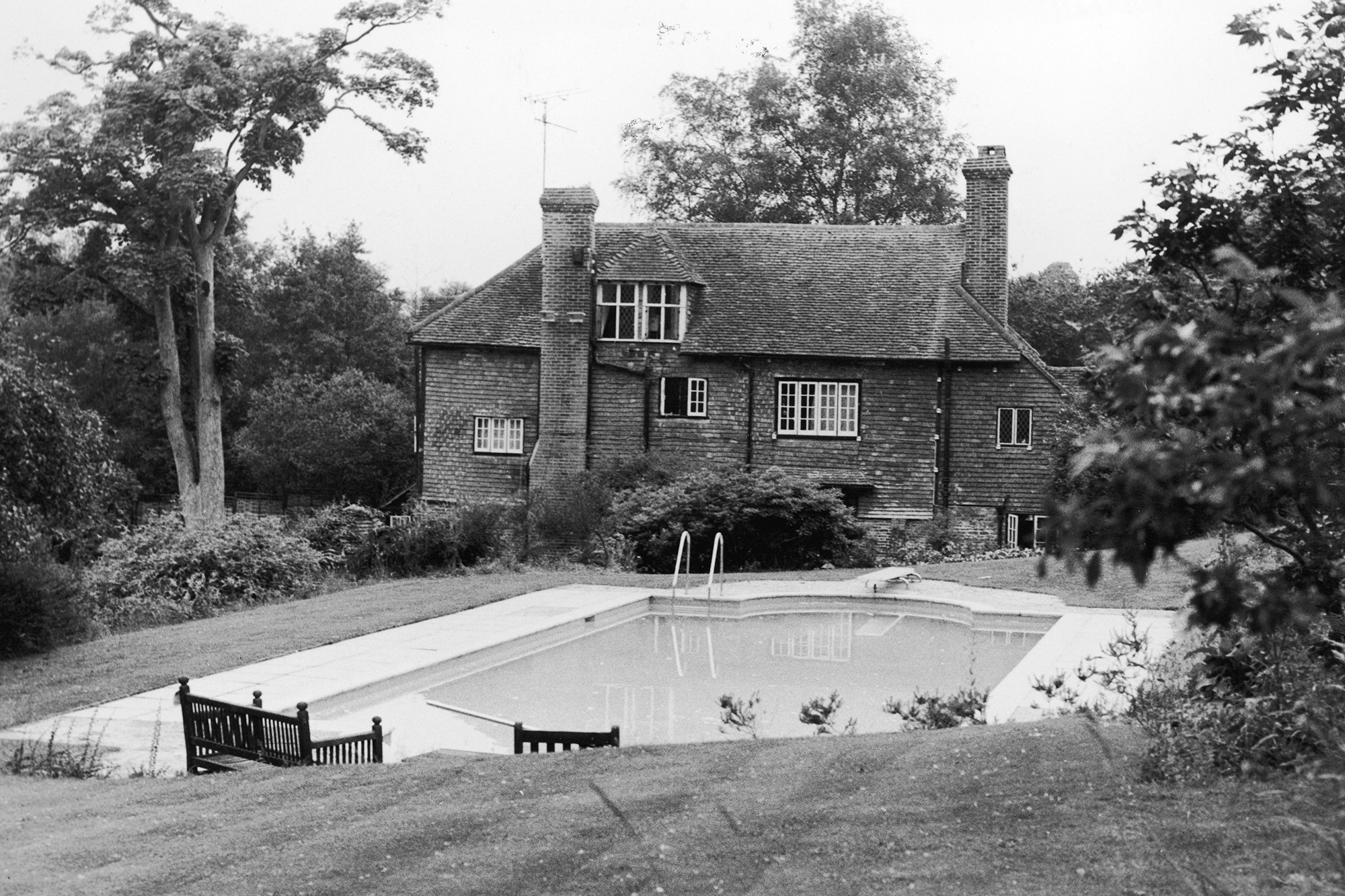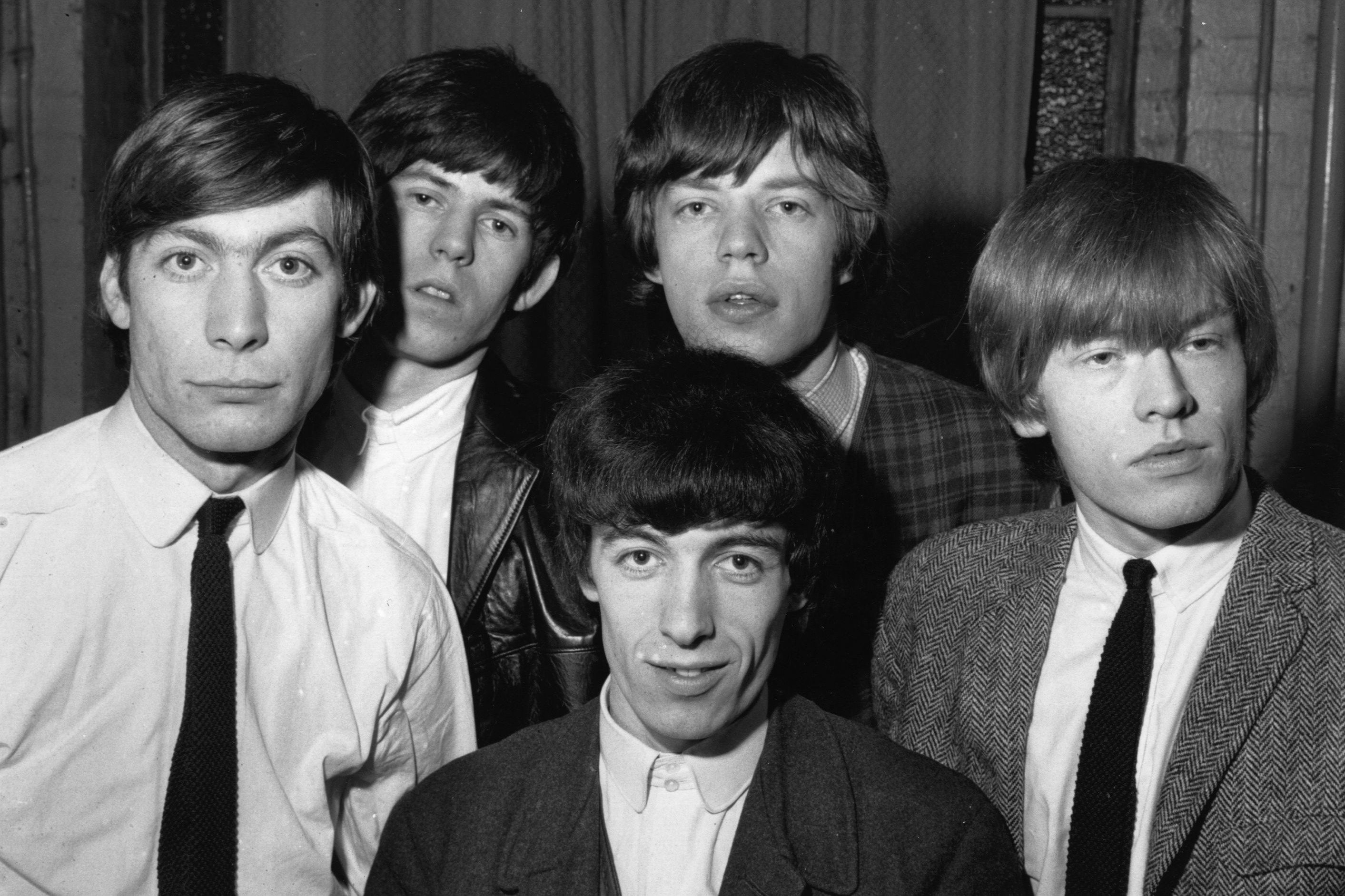More On: drownings
Late ‘Glee’ star Naya Rivera yelled ‘help’ before drowning, 4-year-old son says
Author Shanna Hogan, 38, dies after drowning in pool in front of son
New series revisits mysterious death of Rolling Stones founder Brian Jones
A new Smithsonian Channel series throws more gasoline onto the roaring fire still that still engulfs the death of Rolling Stones founder/guitarist Brian Jones. Sunday’s episode of “The Curious Life & Death of…,” hosted by medical historian/author Dr. Lindsey Fitzharris, sheds new light on the case of Jones -—who, in July 1969, was found dead …
A new Smithsonian Channel series throws more gasoline onto the roaring fire still that still engulfs the death of Rolling Stones founder/guitarist Brian Jones.
Sunday’s episode of “The Curious Life & Death of…,” hosted by medical historian/author Dr. Lindsey Fitzharris, sheds new light on the case of Jones -—who, in July 1969, was found dead in the swimming pool at his English countryside estate in East Sussex shortly after being kicked out of the band.
Jones was 27; his death was ruled a drowning — or what was labeled “death by misadventure” due to his years-long drug and alcohol abuse, which had enlarged his liver and heart. That, in turn, spurred theories that Jones’ death was the result of foul play.
“I think out of all the episodes we shot for this series this is the most explosive case because of the conclusions we come to,” says Fitzharris, who holds a Ph.D. in the History of Science Medicine & Technology from Oxford University in England and who describes the six-episode series as “a biography from the morgue.”

“We bring together so many lines of investigation, from the cops’ misconduct, insight from [ex-Scotland Yard detective] Brian Hook and Dr. Judy Melinek, one of America’s top medical examiners,” she says. “One of the most startling things is that Brian Jones’ liver was so enlarged that it was the size of a newborn baby — so it’s also a question of whether he would have lived in the long-term if he survived that night.”
The episode also features interviews with two Jones experts: filmmaker Stephen Woolley (the 2005 movie “Stoned”) and journalist Scott Jones (no relation), who’s been investigating Jones’ death for years and who, in 2009, gave police new information about the case.



Jones died sometime on the night of July 2-3 after partying with four people: construction worker Frank Thorogood, Jones’ girlfriend, Anna Wohlin, driver Tom Keylock and Janet Lawson, a nurse who reportedly found Jones’ body lying face down in the pool. None of their stories of what happened that night matched up; the episode also claims that key details were ignored by Albert Evans, the first policeman to arrive at the scene who was later kept from amending his initial report.
“There were so many things that got changed later, including several witnesses who changed their testimony and people who said they weren’t there but who were there,” Fitzharris says. “It was not a coverup, necessarily, but it was misconduct on the part of the police. There was a lot of motivation, at that time, to say it was drug-related as a warning to the counter-culture. They didn’t do the footwork they needed to do.



“I think it was a miscarriage of justice and I think it was foul play,” she says. “It was possible it was an accidental drowning, but so much compelling evidence was covered up. Some of the women who were there said they were very intoxicated and wanted to return the next day and redo their statements but they were never given that opportunity.
“There was even a deathbed confession.”
The episode takes a close look at Keylock, who claimed he was driving back to Jones’ estate when he stopped for a bite to eat in the countryside and was told by a passing policeman that Jones had died. The episode features footage of Keylock talking about that night that has never been seen on US tele4vision.
“I would talk with Brian Hook off-camera because that was such a bizarre story,” Fitzharris says. “That should have been a red flag. There were a lot of suspicious characters whose reasons for lying weren’t always related to [Jones’] death.”
“The Curious Life & Death of…” airs Sundays at 9 p.m. on Smithsonian Channel.












